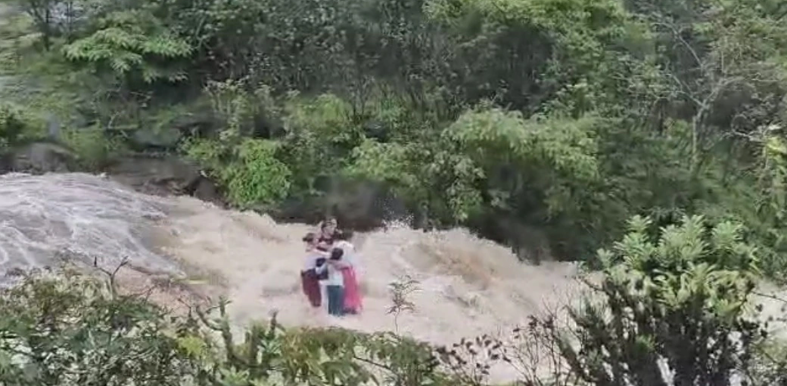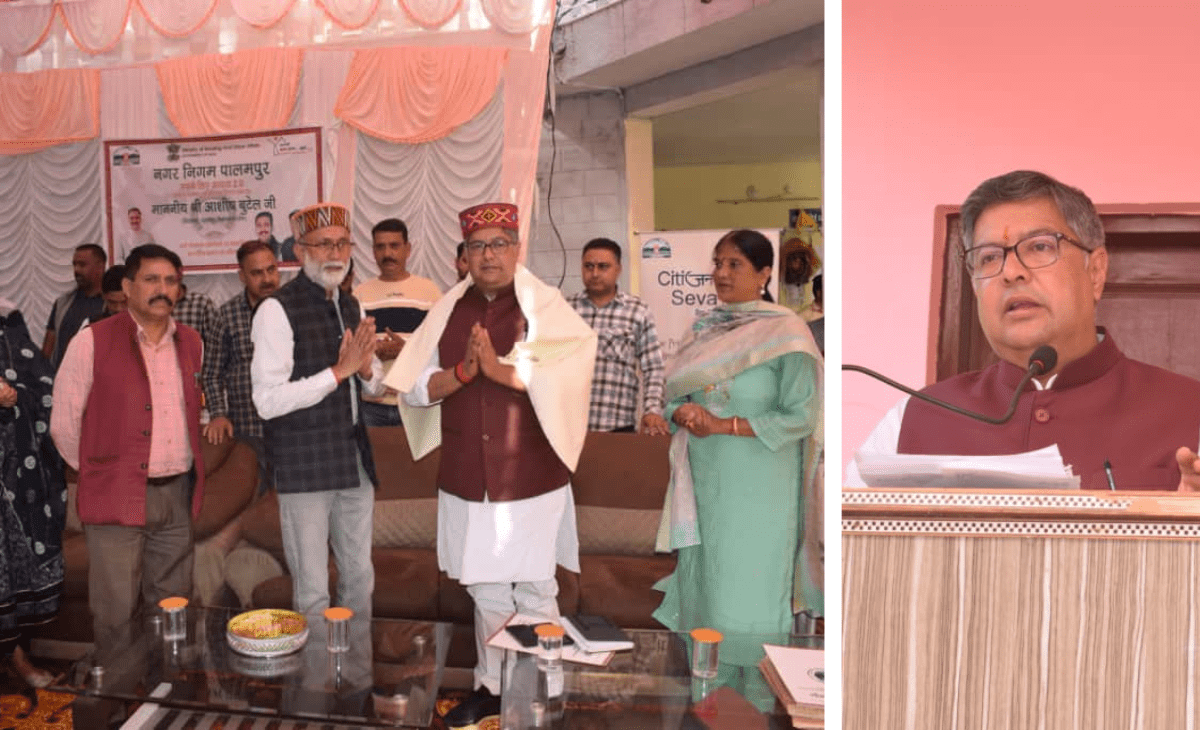Munish Sood
Mandi
The recent threat to popular devotional singer Hansraj Raghuvanshi, famous for his bhajan “Mera Bhola Hai Bhandari,” has sent shockwaves through Himachal Pradesh’s peaceful cultural landscape. The singer and his family allegedly received death threats along with a ransom demand of ₹15 lakh, prompting police to launch a formal investigation.
According to reports, a man identified as Rahul Kumar Nagde, a resident of Ujjain in Madhya Pradesh, made a phone call claiming affiliation with the notorious Lawrence Bishnoi and Goldy Brar gangs. He allegedly threatened to eliminate the singer’s wife, mother and team members if the extortion money was not paid.
The Zirakpur Police (Mohali) have registered a case on the complaint of the singer’s personal security guard Vijay Kataria and begun probe under various sections of the IPC. Preliminary findings suggest that the accused had first met Hansraj Raghuvanshi during a visit to Shri Mahakaal Temple, Ujjain, in 2021-22.
A Larger Pattern of Threats in Himachal
What appears as an isolated incident against a devotional singer actually mirrors a growing pattern of threats and intimidation against prominent figures in Himachal Pradesh—ranging from elected representatives to businessmen and officers.
Earlier this year, Deputy Chief Minister Mukesh Agnihotri and Congress MLA Rakesh Kalia (Gagret) were targeted with death threats on social media. The posts, believed to have emerged after the arrest of a local gangster, carried ominous messages like “This time the sword will be used on a politician only.
The case was registered at Haroli Police Station, and the state’s Cyber Crime Cell began investigating whether the posts were linked to external criminal networks. The incident marked one of the first direct digital threats to a senior sitting minister in Himachal’s history.
Similarly, a Palampur businessman recently approached the Himachal Pradesh High Court claiming that he was being harassed and threatened by certain influential individuals in a property dispute. The High Court directed the Special Investigation Team (SIT) to add sections pertaining to extortion and intimidation (IPC 384–387), underscoring how threats are being weaponized even in civil or commercial disputes.
Law-and-Order Challenge for a Peaceful State
Himachal Pradesh has traditionally been considered one of India’s most peaceful and low-crime states. But a series of recent events—from gang-related extortion calls to social-media death threats—is forcing authorities to rethink the state’s internal security framework.
Officials say the name of Lawrence Bishnoi gang is now being misused by individual extortionists to instil fear, particularly among high-profile or well-known figures
Police sources confirm that such cases are now being reported from Mandi, Kangra, Una and Baddi belt, reflecting a trend of intimidation spreading beyond metropolitan centres.
Experts point out that with rising internet penetration, even remote hill towns are now exposed to cyber-enabled criminal networks that exploit fear and fame alike.
Need for Coordinated Vigilance
Security analysts and former police officers suggest that Himachal must establish a dedicated anti-extortion and cyber-intelligence unit, combining local policing with digital monitoring.
“Threats through WhatsApp calls or social media posts are no longer idle. They can quickly escalate, especially when public figures are targeted. The state needs a preventive mechanism, not just reactive action,” a senior retired IPS officer noted.
In the wake of the latest episode, sources say security around Hansraj Raghuvanshi has been enhanced and his movements are being closely monitored. The police are also coordinating with Madhya Pradesh authorities to verify the accused’s criminal background and possible gang affiliations.
From Bhajans to Bullet Threats – Changing Landscape
The contrast is stark. A singer whose music glorified “Bhola Bhandari” and peace is today receiving death threats in the name of gangsters, symbolising the growing infiltration of organized crime into once-calm cultural spaces.
What’s more, the threats to elected leaders and businessmen show that no section is immune. Whether motivated by money, influence, or sheer criminal bravado, these acts collectively challenge the law-and-order perception of the hill state.
The Hansraj Raghuvanshi case may well become a turning point in Himachal Pradesh’s internal-security narrative. Once known mainly for spiritual music and mountain serenity, the state is now confronting the reality of modern-age intimidation—blurring the line between celebrity, politics and crime.
For the people of Himachal, the message is clear: vigilance and early reporting of such threats are now essential to safeguard both the peace and the reputation of the “Dev Bhoomi.”





